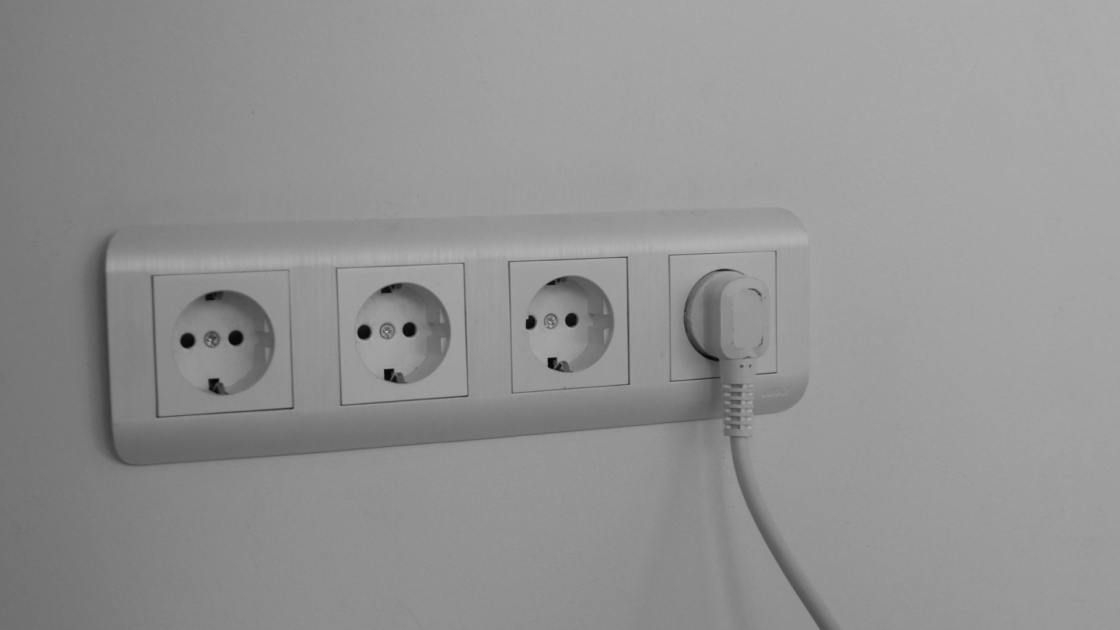
Have you ever wondered why your electricity bill changes or why prices can seem so unpredictable? From how power is generated to who decides the rates you pay, a lot is going on in the background. Let us dive into how it all works, so that the next time you see your bill, you will know exactly what is behind those numbers.
Who Decides What You Pay? The Role of Regulators and Market Players
Electricity markets are like a game of chess with many players, and regulators are the ones ensuring that everyone follows the rules. In most countries, regulatory bodies like the Central Electricity Regulatory Commission (CERC) in India or the Federal Energy Regulatory Commission (FERC) in the US are responsible for keeping things fair. These regulators ensure that electricity prices are neither too high nor too low, protecting both consumers and power companies.
However, regulators are not the only key players. Utilities, power producers, and sometimes independent retailers are all part of this system. Utilities usually manage the delivery of electricity, maintaining the lines and infrastructure that get power to your home. Power producers generate electricity from various sources like coal, wind, solar, or hydro. In deregulated markets, independent retailers can sell electricity directly to you, allowing consumers to choose between different suppliers, similar to how you select a mobile service provider.
What Are Tariffs and Why Do They Matter?
You have probably come across the word tariff on your electricity bill. Simply put, tariffs are the prices you pay for using electricity. However, there is more to it than just a flat fee. Some regions use a tiered system where the cost per unit (kilowatt-hour) of electricity rises the more you consume. Others may have time-of-use tariffs, which means the price varies depending on when you use electricity—like during peak hours when demand is high, or off-peak times when fewer people are using it.
Why does this matter? Tariffs are designed to reflect the cost of generating and delivering electricity while also encouraging people to use power more efficiently. Regulators often step in to decide or approve these tariffs, ensuring they are balanced and reasonable for everyone involved.
Power Purchase Agreements (PPAs): Securing the Power Supply
Now, let us talk about the deals happening before that electricity even reaches you. This is where Power Purchase Agreements (PPAs) come into play. Think of PPAs as long-term contracts between electricity producers (like solar or wind farms) and the buyers, typically utility companies. Under a PPA, the producer agrees to sell electricity at a fixed price for a set number of years.
Why is this important? PPAs provide stability in a very uncertain market. For producers, it guarantees that the electricity they generate will have a buyer, making it easier to finance large projects. For buyers, like utilities, it locks in a price for the power, helping them avoid the swings in energy prices that can happen in competitive markets. This is particularly useful for renewable energy projects, which have high upfront costs but low operational expenses once they are running.
The World of Retail Electricity Markets
In some parts of the world, you can choose where your electricity comes from—this is called a retail electricity market. These markets are typically found in deregulated regions where different companies purchase electricity from the grid and sell it to consumers like you. It is all about competition, and it can benefit you through lower prices or options like green energy plans.
For example, some retail electricity providers might offer plans that include a higher percentage of renewable energy, or they may offer better rates during off-peak hours. However, with more options comes more complexity, as you will need to sift through different offers and contract terms to find what works best for your home or business.
What Drives Prices? It Is Not Just Supply and Demand
Electricity is not like other commodities where you can store it for later. It has to be generated and used in real-time, which means prices can shift quickly depending on what is happening in the grid. When demand spikes—like during a heatwave when everyone turns on their air conditioning—the price of electricity can soar. On the flip side, when demand drops, so do prices.
In regions where electricity is bought and sold through competitive markets, prices are influenced by these supply-and-demand dynamics. However, in regulated markets, the prices are more stable, as they are set by regulators to ensure steady rates for consumers.
Putting It All Together: The Road from Power Plant to Your Bill
So, how does all this come together when it comes to what you pay? It starts with the power plants generating electricity. This power is then sold to utilities or retailers, either through competitive markets or through PPAs. Utilities manage the delivery of that electricity to homes and businesses, maintaining the infrastructure along the way. Finally, tariffs are applied to ensure the price you pay reflects the cost of delivering electricity, while regulators keep an eye on the market to make sure everything remains fair.
Whether you benefit from a stable regulated market or are shopping for deals in a competitive one, understanding these basics can help you make more informed choices about your energy consumption.
